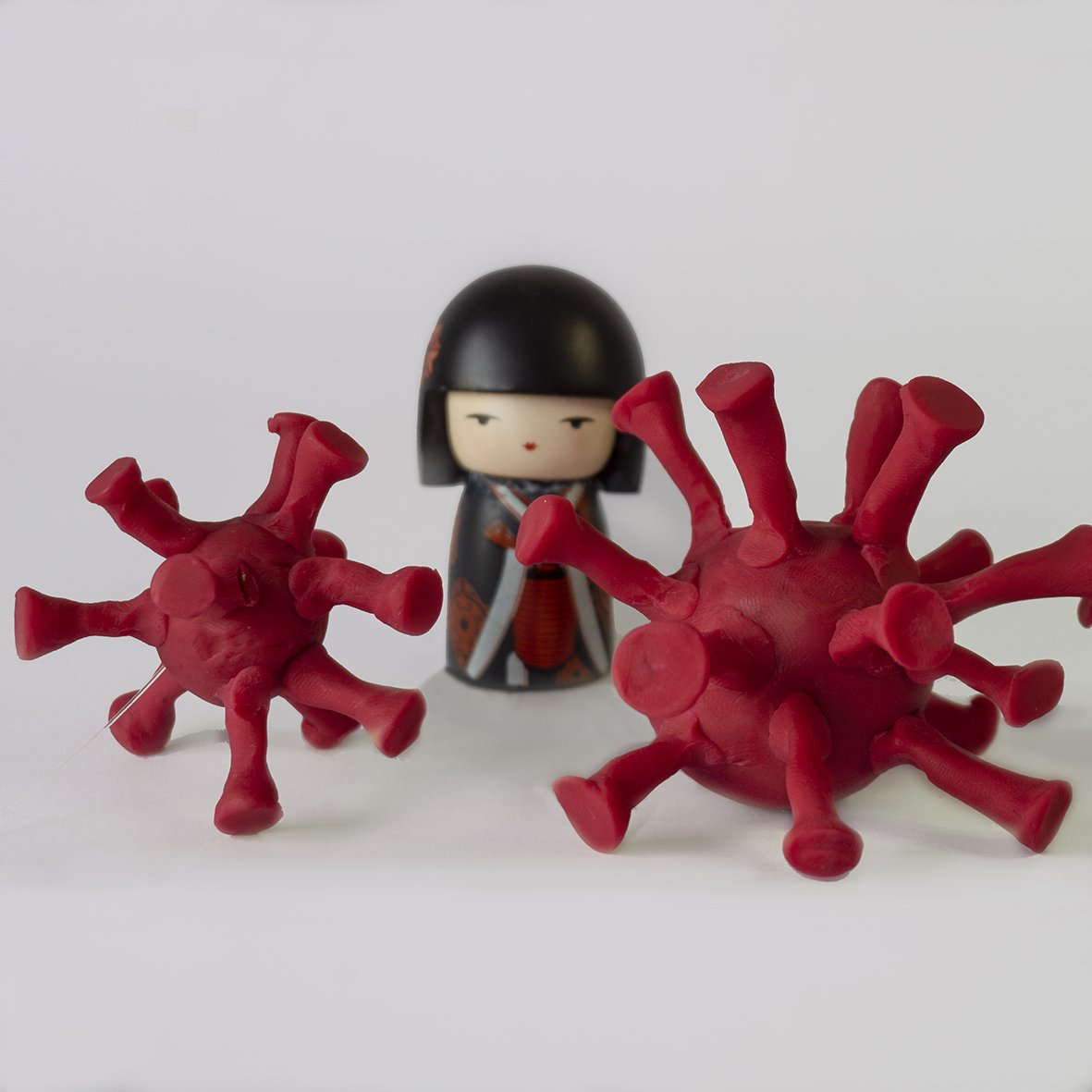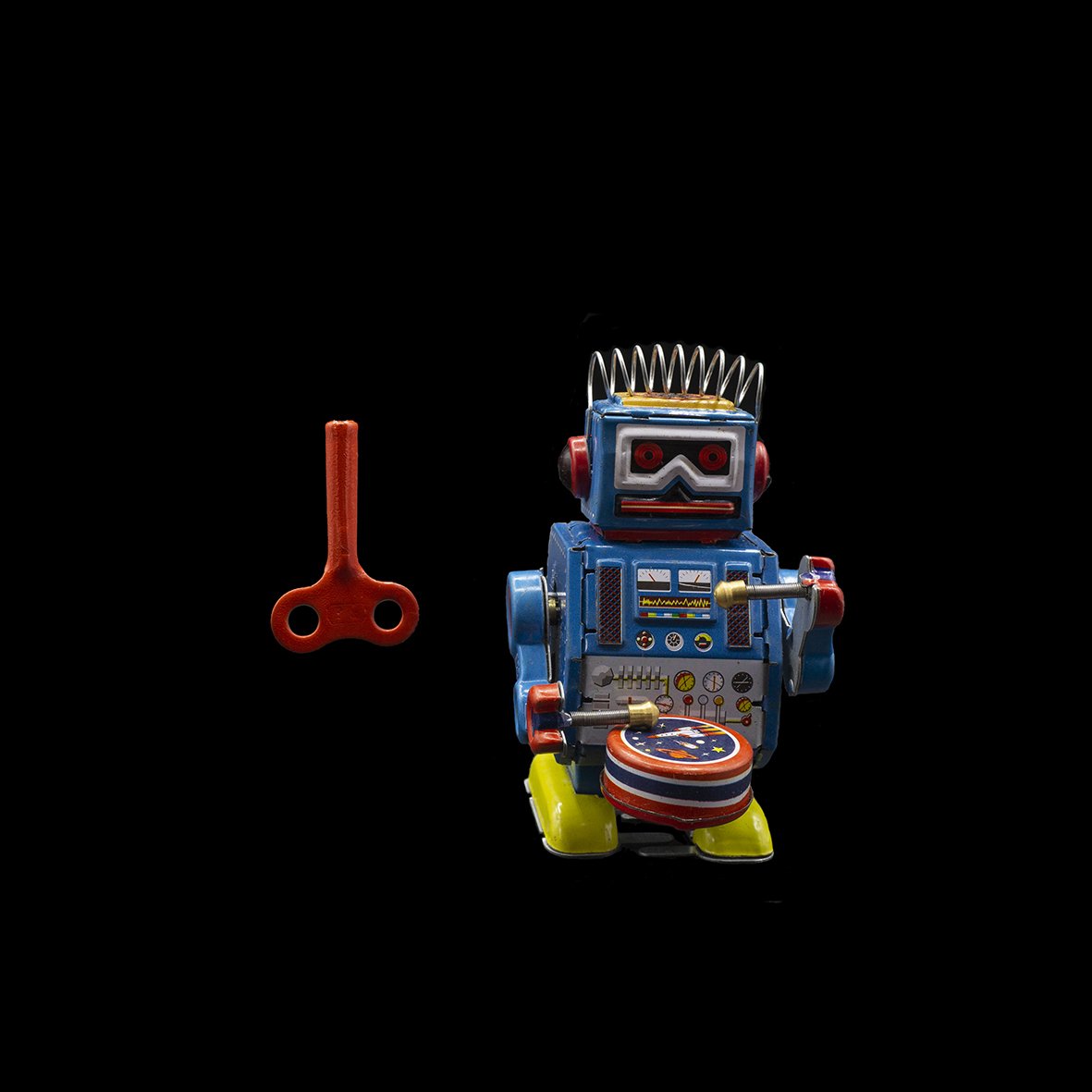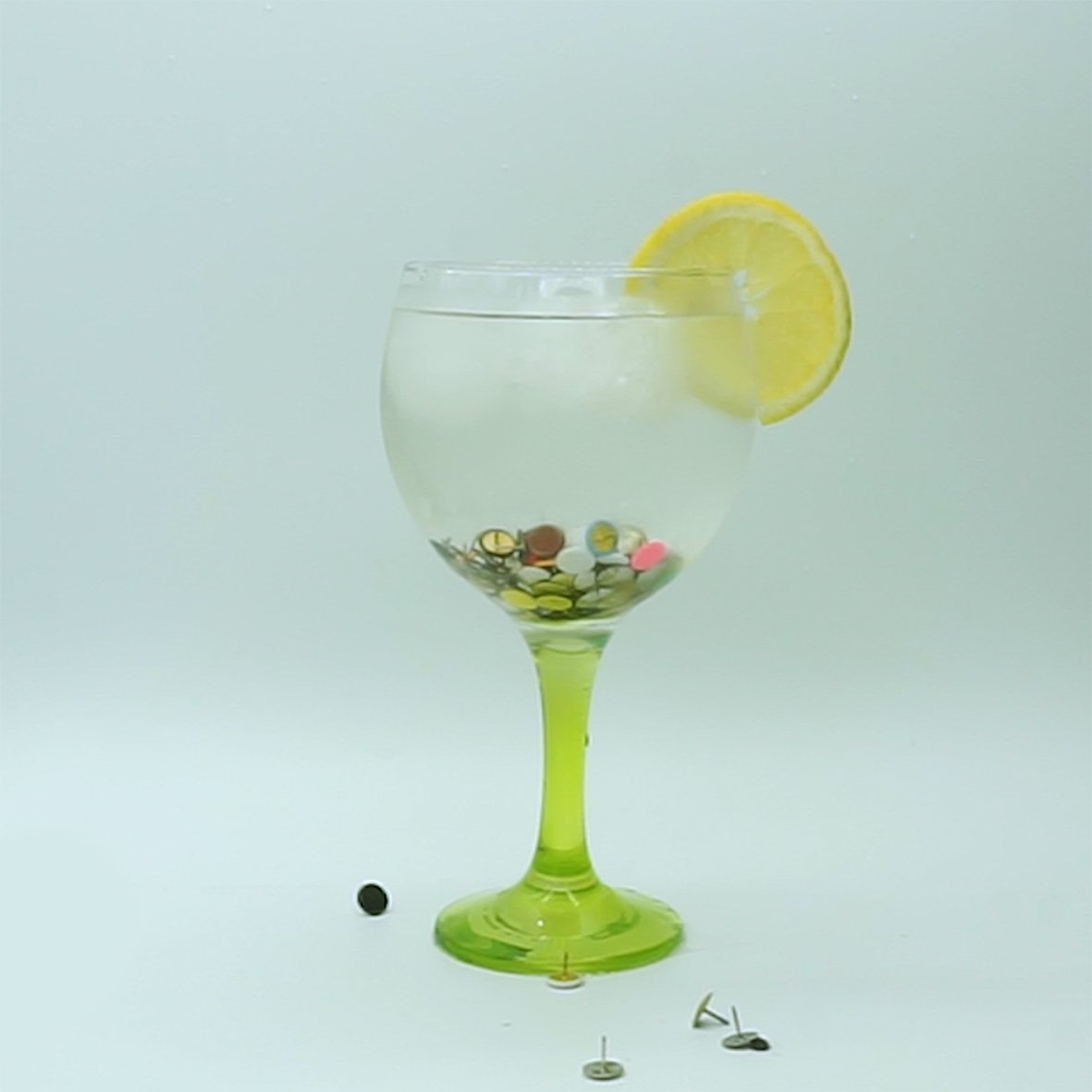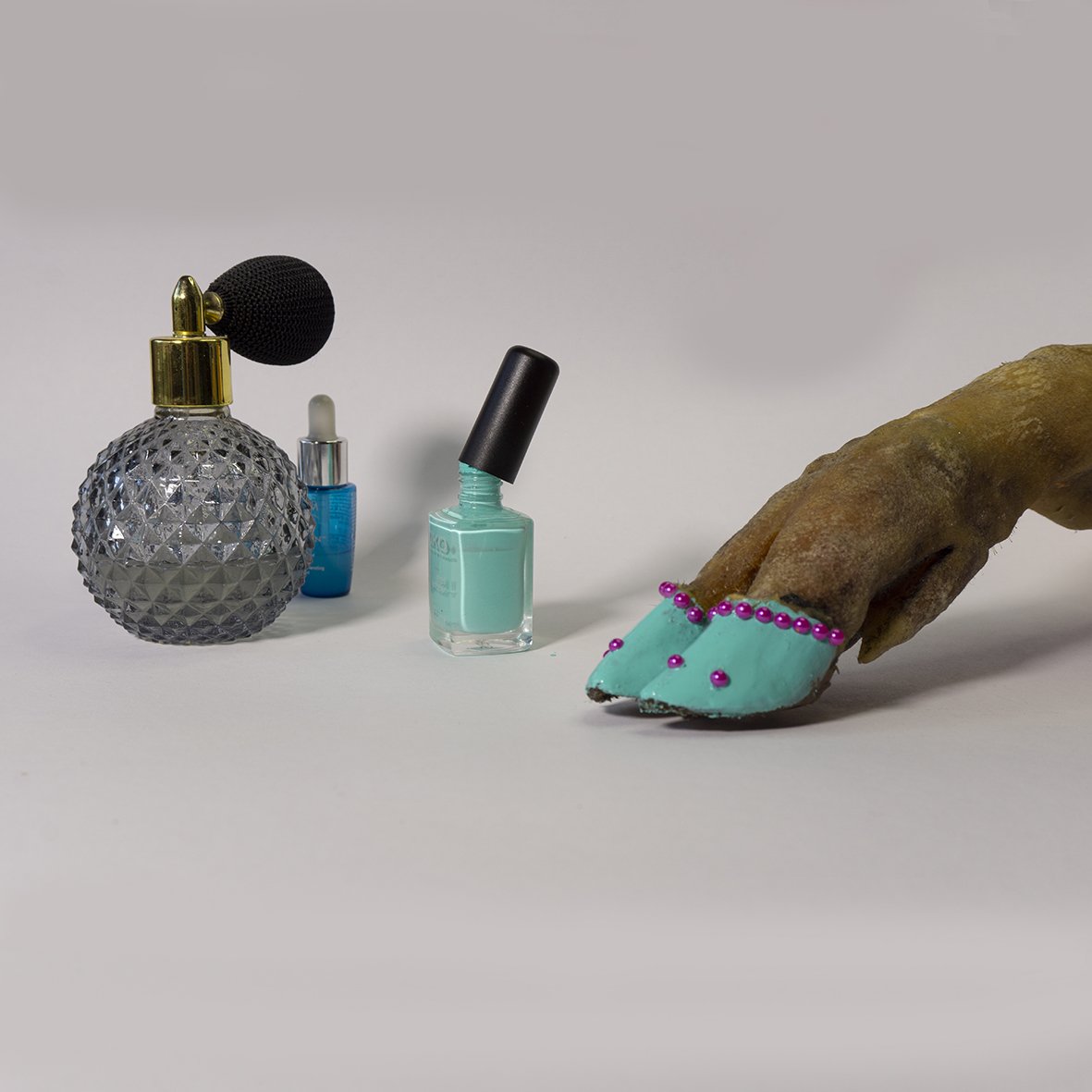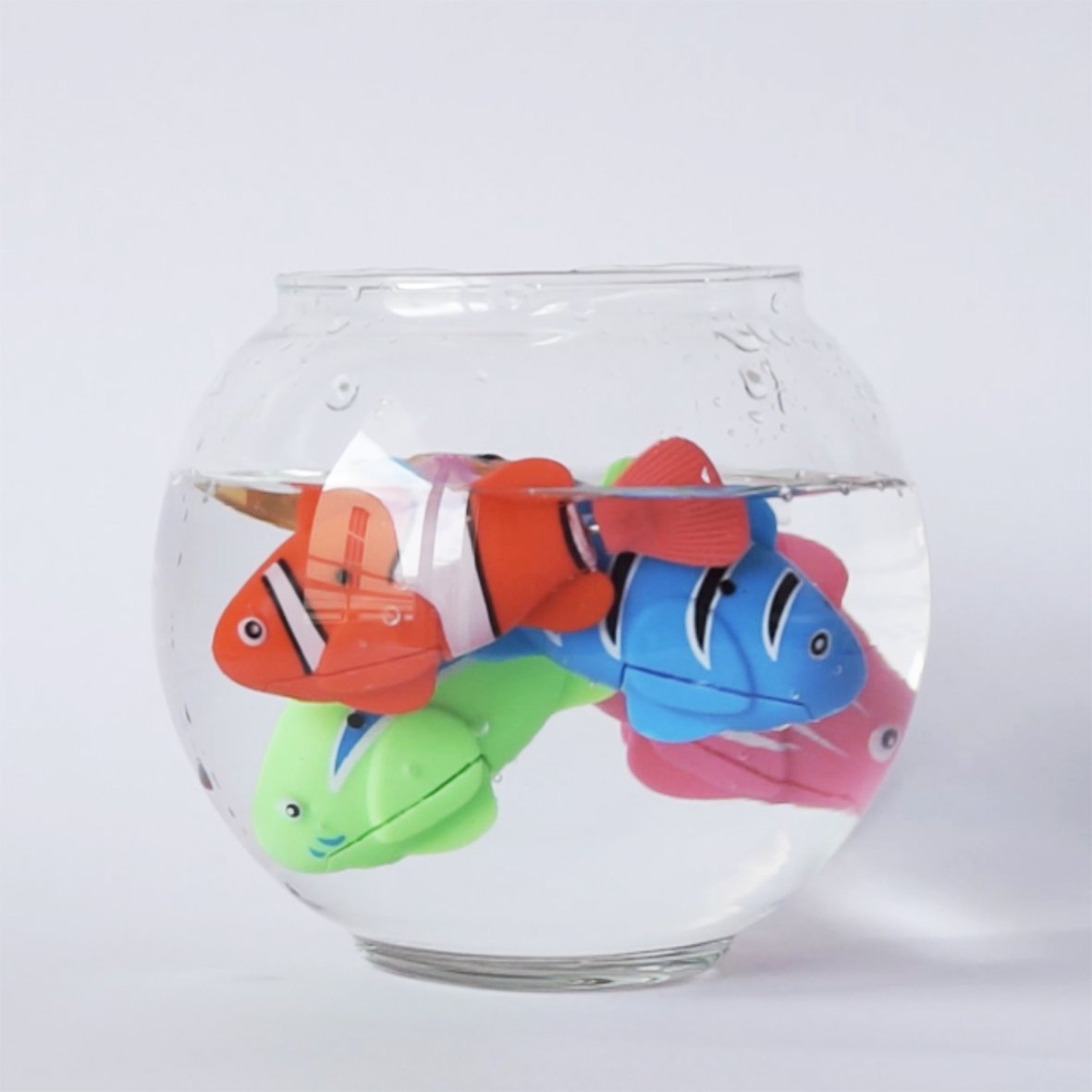Creative Odyssey: Navigating the Mind of Pablo Caspe
Today we speak with Pablo Caspe, a psychologist and multidisciplinary artist born in Buenos Aires (1979).In our conversation, we unravel the threads of his artistic journey, woven intricately with multicultural influences and early encounters that shaped his creative identity.
Origins in Identity Dislocation:
Caspe's narrative begins in Buenos Aires, with a twist of fate that could have placed him in São Paulo. Born to a mother of Italian descent and a Spanish father raised in Venezuela, the family sought refuge in Brazil during the Argentine military dictatorship. Caspe's very existence carries the weight of a "vague homeland," a concept deeply rooted in his awareness of displacement.
The blend of Italian, Spanish, and Portuguese roots forms a silent network within Caspe's identity. His paternal grandmother, a Portuguese native from Madeira, introduces an unseen influence. Despite never meeting her, Caspe feels an inexplicable connection to Portugal. A visit to Lisbon triggers a sense of déjà vu, a testament to the silent operation of these influences on an unconscious, emotional level. Pablo resides in Huelva, near the Algarve border, fostering a tangible connection with Portugal. It's a tapestry where emotions, memories, and ancestral ties shape his artistic perspective.
Childhood Roots:
Caspe's formative years in Buenos Aires during the 80s laid the groundwork for his artistic sensibilities. Two distinct threads emerge—one rooted in intellectual exploration and the other in emotional experience. Literature becomes a portal to understanding the complexities of the world. Reading Quino's "Mafalda" at a tender age unveils the intricacies of politics, economics, sociology, and human rights, offering a youthful epiphany that children can challenge adult impositions. Simultaneously, stories from Elsa Borneman and the "Choose Your Own Adventure" series introduce Caspe to the enchanting realm of fantastic literature. These early literary encounters not only capture his imagination but also reveal the extraordinary ability of writers to craft tales that transport readers to improbable yet believable worlds.
Tell us about the influence of music in your work.
I associate music with the emotional realm, something beyond my control. I remember being about 7 or 8 and listening to an album by Maria Elena Walsh. Maria Elena's songs, with their mix of poetry, humor and depth, were like windows to a magical and thoughtful world. The melodies and lyrics of that album ended up becoming part of my emotional language, which I later passed on to my children. “Mediterráneo” by Joan Manuel Serrat also completely captured my attention. This album was a kind of catalyst for a significant change in my life. "In the Court of the Crimson King" by King Crimson (1969). This album had a cover that fascinated me.
Throughout your trajectory, how has your academic or self-taught training influenced the evolution of your musical style and your ability to express yourself through music?
My musical journey began in Buenos Aires under the guidance of Pepe Céspedes, from Bersuit Vergarabat. Later, in Barcelona, I continued my training with Pablo Schwarzman and had the privilege of participating in the vibrant cultural scene of the city. Regarding the issue of academic or self-taught training, I’ll respond with a personal experience. While in Barcelona, I met a playwright from Tucumán (Argentina) who was invited by Casa de las Américas to conduct a seminar with director Sánchez Sinisterra. One morning, he called me to say that he had obtained tickets to attend a conference at Pompeu Fabra University and asked if I wanted to go. It was the closing event of the Master's in Film Studies for the university's audiovisual students. The event included the screening of the movie "Women on the Verge of a Nervous Breakdown" and then a talk by its director Pedro Almodóvar with the students. At the end of the film, the guest of honor was introduced, and Almodóvar came out, receiving a small standing ovation. We had the opportunity to ask some “ intelligent” questions and somehow, the microphone ended up in my hands. I asked Pedro Almodóvar if he had studied cinema and whether he thought it was worth studying it. He answered NO to both questions, leaving the cinema students astonished! That afternoon many of us reconsidered some ideas about academic training and art!
We would like to know more about your creative process.
My creative process is quite organic and varies significantly, depending on whether I am working on music or visual art. But there is something that remains constant: it always starts with observation.
For music, my process tends to be more intuitive. Sometimes I start with a melody that arises spontaneously, or I experiment with the guitar until I find something that resonates with my mood. Music is highly emotional for me, so I let myself be carried away by what I feel at the moment.
For visual art, on the other hand, my approach is more thoughtful. I often start with some trigger, some ideas that I jot down on my phone a concept, a metaphor, an impression. I like to play with ideas as if they were materials, and then capture them in microfilms.
But regardless of the medium, I always try to maintain a balance between control and spontaneity in my work.
Well-being is often related to the balance between work and personal life. In your case, being a psychologist and artist, how do you manage this balance?
Balancing my work and personal life is, in fact, one of the greatest challenges but also one of the most rewarding aspects of my life. For me, it is crucial to dedicate time to contemplation and self-knowledge. As a psychologist, I recognize the importance of caring for my mental and emotional health. To achieve this, I engage in regular practices of meditation and writing, which help me stay centered and process my emotions and thoughts more effectively. I also make sure to reserve time to spend with my family and friends.
How about some upcoming projects we should know about?
I've been working on a small project for a while now that excites me a lot, in the field of microfilm, where I found a point of convergence between music, psychology, and image. The audiovisual world is relatively new to me, but I believe that within it, I can intuitively bring together certain aspects of clinical psychology with music and video. The pieces consist of short visual loops lasting a few seconds, where I pose some questions. The idea is to hint at questions rather than offer answers.
For me, art and psychology are ways to explore the human condition and understand the complexity of our emotions and thoughts. And if there's something in which psychology has helped me, it's in asking better questions.


